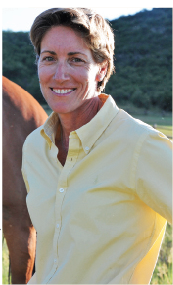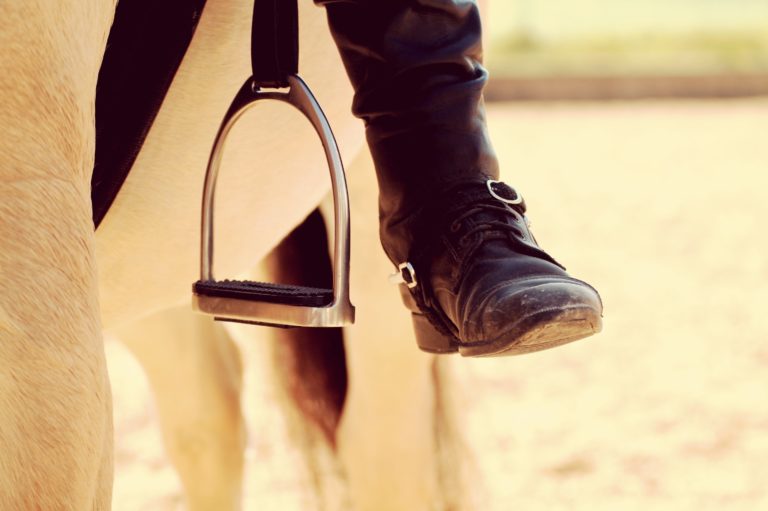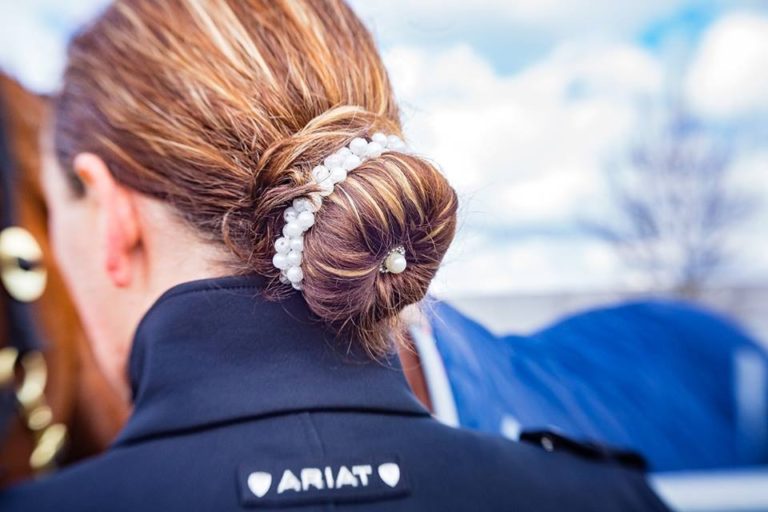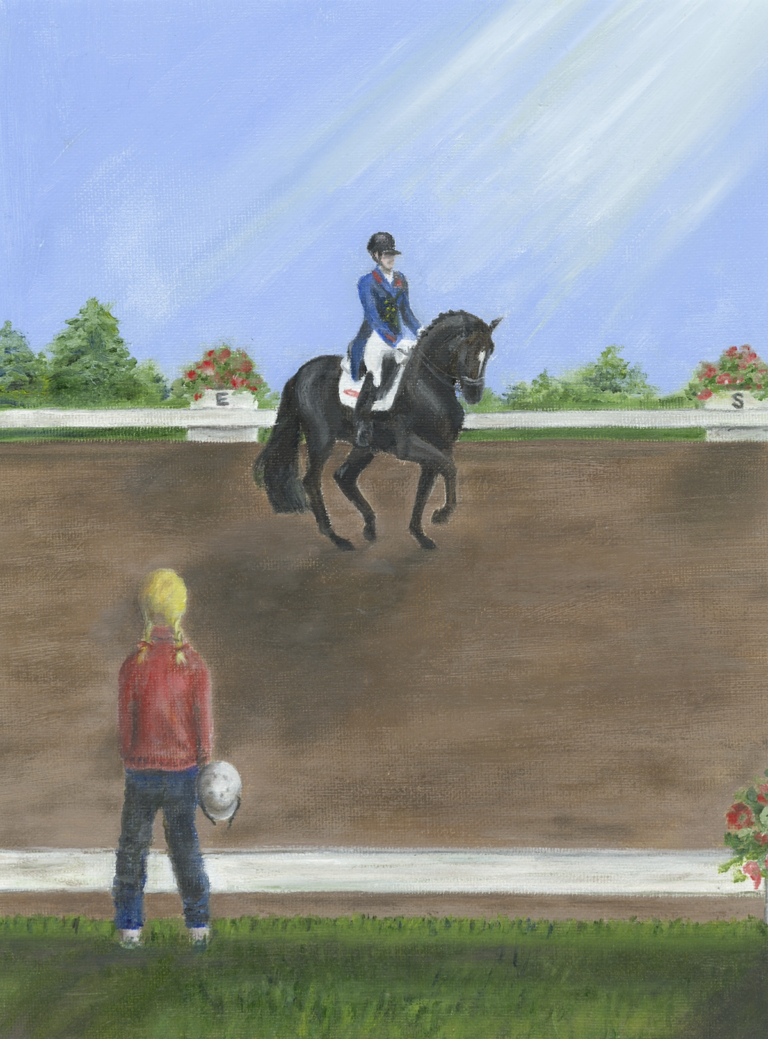Q: “I know I should spend time training outside of the ring, but I always feel safest in the arena and don’t feel comfortable riding out in the fields or on trails. I’m a middle-aged rider so I don’t want to take big risks or get hurt, but I would like to be able to happily hack out with my barn mates. My horse is generally calm but he isn’t totally bombproof. How can I grow my comfort zone?”
A: This is a great question and one that plagues many riders, so thank you for asking it. For years I have said that the best way to define safety is “excellent decision-making” (more on this here). Just about every rider who has had an “accident” can trace some or the entire outcome to a poor decision. We have all heard it: “I knew I should have gotten off at that point…” or “Why did I take my young horse out alone on the trail during a hail storm?” (Poetic license included).
The point here is to remain fully grounded in excellent decisions that are informed by the truth—and the truth is about your riding ability and your horse’s level of experience, confidence and training.
That being said, we still make bad decisions when we are pushed or pulled by an emotional subject. Peer pressure is real and affects us all no matter what age group we happen to be in or be surrounded by. Wanting to hack out with a group from your barn has an admittedly strong pull and perhaps even pressure from people who only want the best for you. No one wants to fall off or see someone fall off, so if you start from that premise, decisions become easier to make.
One thing to think about is that no horse is truly “bombproof.” Horses are flight animals and so getting out of Dodge is a default and survival mechanism, no matter how well trained they might be. Whether or not you can ride the flight reaction of a horse is an important truth to be connected to when making decisions about riding in general, but especially out of the arena.
Remember that hacking out can take more forms than heading out on a trail deep into the woods. Starting small and building confidence is a powerful way to approach riding outside of the ring. Pick the safest place to begin and have a short, successful ride with support, and build from there. The toughest part of this process is dealing with how it makes you feel about yourself. We all used training wheels to learn how to ride a bicycle but that was when we were little. As adults, we think we should be great at everything immediately.
Years ago, I worked with a wonderful woman in a clinic and this very topic came up, stirring quite a lot of energy and emotion. She was in her fifties, was a CEO of a Fortune 500 company and had ridden all her life. She was only able to ride a few hours a week for longer than she cared to remember, and had recently had a hip replacement that was immediately followed by a fall on the trail, which sent her back to the operating room to re-replace that hip.
Her complaint was that she wanted to be able to go out on the trail without a care in the world and remain safe instead of feeling afraid and tense. The truth was that her body could no longer allow her to be the rider she was in the past. This was compounded by her incredible professional success, making her think she should be that successful everywhere.
Skill is a direct result of training and practice, not some magic potion or birthright. The number of hours she spent professionally dwarfed the number of hours in the saddle and this resulted in immense skill and success in one area with the opposite in the other. Once she connected with the idea that skill and practice are related, it was much easier for her to accept safer and more conservative decisions for her riding. And she has not fallen off since!
There is no shame in riding where it is safe for you to ride. If riding out becomes a strong commitment, then take the necessary steps and do the necessary work and training to become the kind of rider that can safely navigate yourself and your horse out on trail.
The end goal is to be fulfilled and happy with your riding and your relationship with your horse. How that happens for you is different than how it happens for someone else, so make sure to design your horse life around you and your skills. Everyone ends up happier and safer if you work from there. Stay focused, stay committed and most of all, be kind to yourself.

Jenny Susser has a doctoral degree and is licensed in clinical health psychology, specializing in sport psychology. A four-year all-American swimmer at UCLA, she swam on two national teams and at the 1988 Olympic Trials. She has worked with athletes of all sports and ages—collegiate, professional, international and amateur. She was the sport psychologist for the 2010 WEG South African Para-Dressage Team and the 2012 U.S. Olympic Dressage Team. Dr. Jenny is also a performance coach with Human Performance.











